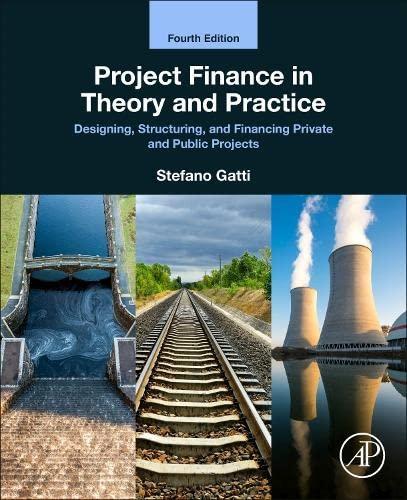
1. Audit studies, broadly speaking, attempt to understand the degree to which employers engage in preference based discrimination: A. True B. False 2. What is one of the benefits mentioned about the context in which Does Affirmative Action Work" is situated: A. A clear and transparent admissions policy based on test scores for a large fraction of the students B. Comparing performance across colleges is not possible because of individually designed tests at various places C. Ample choice: multiple engineering schools cater to individual students' talents D. More than one answer is correct E. None of the above 3. Which of the following are results from theoretical models about affirmative action discussed in class? A. Ban the box policies B. Oaxaca decomposition C. Benign and patronizing equilibria D. More than one is correct E. None of the above 4. According to Jayachandran's article, The Roots of Gender Inequality in Developing Countries", which of following is true: A. India and China are outliers both when it comes to son preference (sex ratio at birth) and male-female tertiary school enrollment when plotted against GDP/capita. B. In many poor countries, the desire for sons and constricted opportunities for women are exacerbated by cultural practices and norms. C. More than one answer is correct D. None of the above 1. Audit studies, broadly speaking, attempt to understand the degree to which employers engage in preference based discrimination: A. True B. False 2. What is one of the benefits mentioned about the context in which Does Affirmative Action Work" is situated: A. A clear and transparent admissions policy based on test scores for a large fraction of the students B. Comparing performance across colleges is not possible because of individually designed tests at various places C. Ample choice: multiple engineering schools cater to individual students' talents D. More than one answer is correct E. None of the above 3. Which of the following are results from theoretical models about affirmative action discussed in class? A. Ban the box policies B. Oaxaca decomposition C. Benign and patronizing equilibria D. More than one is correct E. None of the above 4. According to Jayachandran's article, The Roots of Gender Inequality in Developing Countries", which of following is true: A. India and China are outliers both when it comes to son preference (sex ratio at birth) and male-female tertiary school enrollment when plotted against GDP/capita. B. In many poor countries, the desire for sons and constricted opportunities for women are exacerbated by cultural practices and norms. C. More than one answer is correct D. None of the above







